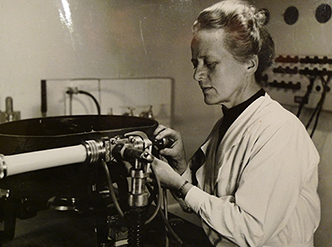
In their element: women of the periodic table
Find out how women scientists contributed to knowledge of the chemical elements – and what this tells us about the nature of scientific work, then…

Super (role) models: Use stories about real scientists to inspire, build confidence, and help the next generation of innovators envision their place in STEM.
Science classrooms are often associated with diagrams, formulas, and data, and the human dimension can get lost in textbooks and lab notebooks. Bringing personal stories into the classroom doesn’t just make lessons more interesting; it breathes life into STEM subjects and leads to concrete outcomes. The Narratives feature of LabXchange, Harvard University’s free online platform for middle- and high-school-level STEM education, enables educators to find, share, and discuss biographical narratives from a variety of trusted sources. Incorporating narratives can ignite curiosity; make STEM disciplines less abstract; and encourage students to envision a future in the fields of science, technology, engineering, mathematics, and medicine.

With LabXchange Narratives, educators can find quality, classroom-ready biographical narratives from across the sciences, and they can quickly access, save, and share stories featuring scientists from a variety of backgrounds, fields, and life experiences. These can be seamlessly combined with other LabXchange resources, including lab simulations, interactive activities, videos, and assessment questions, into customized learning experiences called pathways.
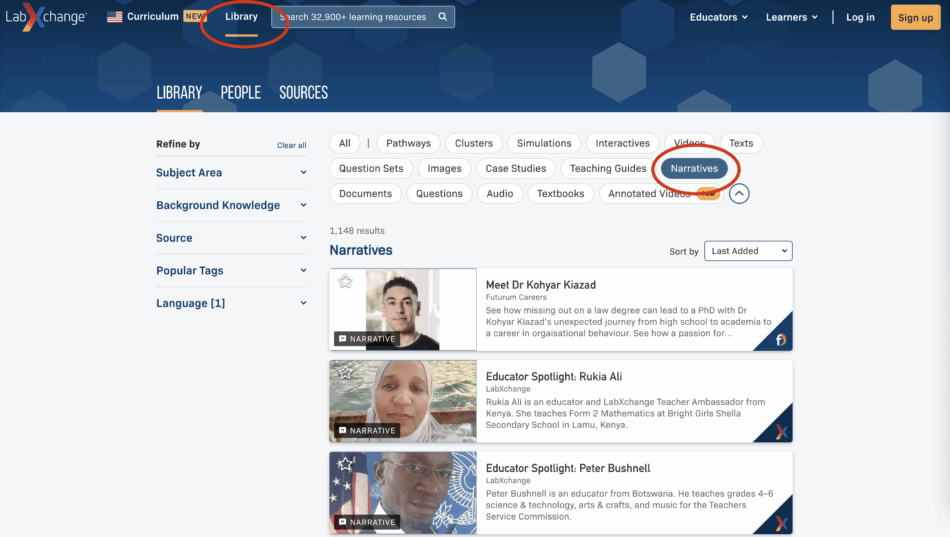
Begin new units with a five-minute story on a figure relevant to that topic. For a chemistry class, open with a story about Marie Curie; in a computer science lesson, introduce Alan Turing. Whenever possible, avoid the lone genius myth[1] by emphasizing collaboration, mentorship, and the broader social context of scientific discovery.
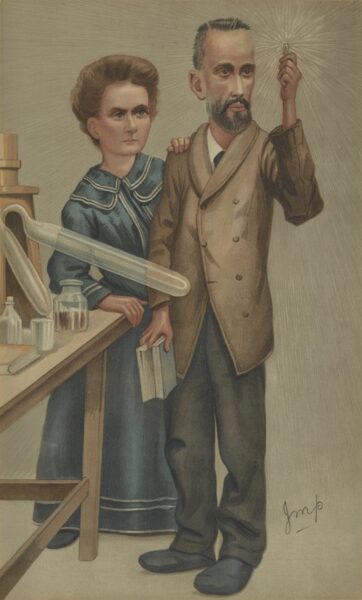
As you explore scientific concepts, reference the real-world challenges scientists face. Emphasize moments of doubt or setback to normalize failure as part of the learning process. What inspired their discovery? How did they overcome difficulties? Why were their findings significant at the time? This humanizes abstract concepts and helps them stick. In this video,Udodiri Okwandu explains the benefits of learning about the history of science.
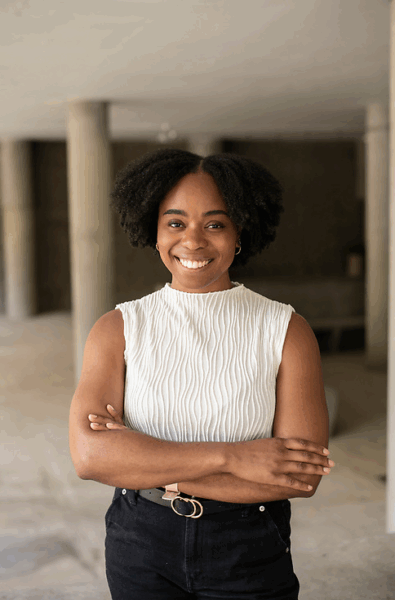
Assign students a scientist’s biography to explore, then present their story and discoveries to classmates, expanding representation beyond the usual suspects. Encourage them to seek out lesser-known innovators, like Alice Augusta Ball, Herman Branson, or Lise Meitner. This cultivates research skills and offers students ownership over their learning.
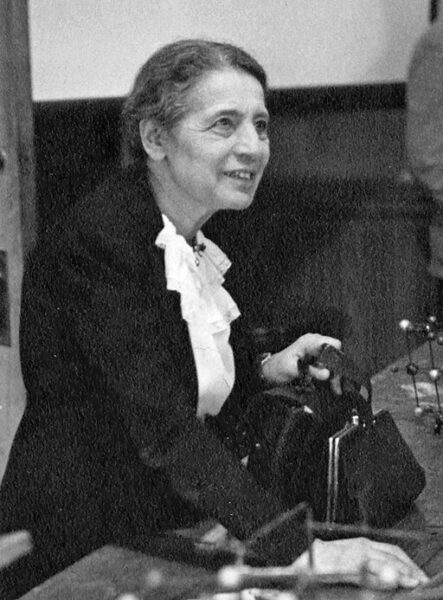
Have students write a short reflection on how a scientist’s journey mirrors their own experiences, reinforcing a growth mindset and self-worth. Or invite students to write a letter to a historical scientist, or draft a journal entry from the perspective of someone who made a groundbreaking discovery. These assignments tap into creative thinking while reinforcing conceptual knowledge. Articles on How to create your own narrative and Put the story in history offer guidance for writing assignments.
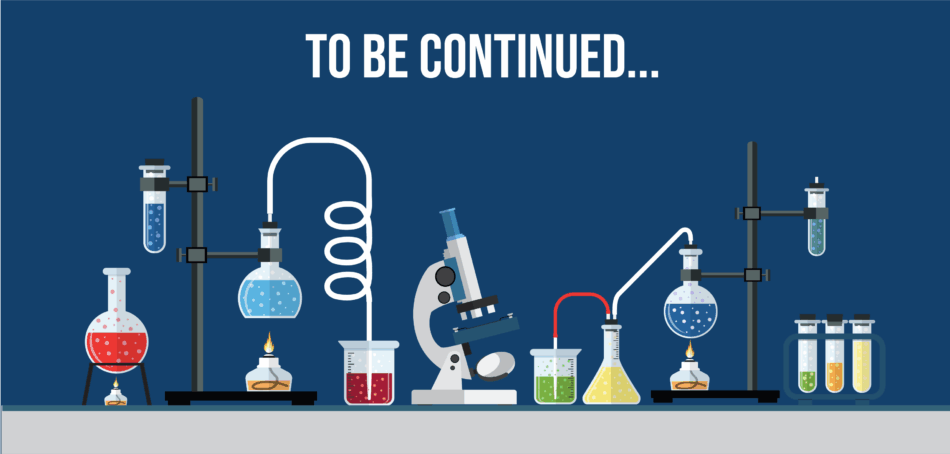
Incorporate new biographical content throughout the year, ensuring exposure to a range of backgrounds, identities, and scientific fields. Pair stories of historical figures with profiles of contemporary scientists, engineers, or technologists, or invite students to explore science news and current affairs. Even better, highlight contributions from scientists in your region to build more personal connections. This helps sustain interest and demonstrates the ongoing evolution of STEM fields. Looking for a starting point? Voices in Science gathers the stories of 19 professionals from various backgrounds.
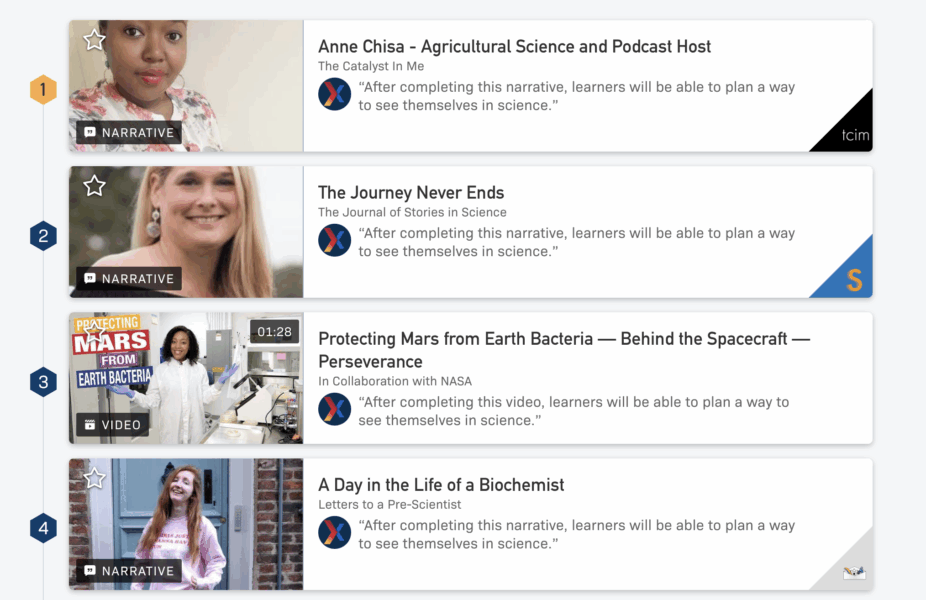
Some educators worry that biographical stories will take time away from ‘essential’ curriculum. Yet, as researchers note, short narratives can be woven seamlessly into existing content. Integrating diverse biographical narratives is not just about boosting engagement in the moment. Biographies help students develop empathy and cultural awareness. Learning about scientists from varied backgrounds challenges stereotypes and broadens students’ ideas of who can be a scientist.
Studies indicate[2] that students who can see themselves in STEM are more likely to envision careers in the field and persist through challenges. They become more likely to participate in class, seek mentors and research opportunities, and ultimately pursue further studies or careers in STEM.
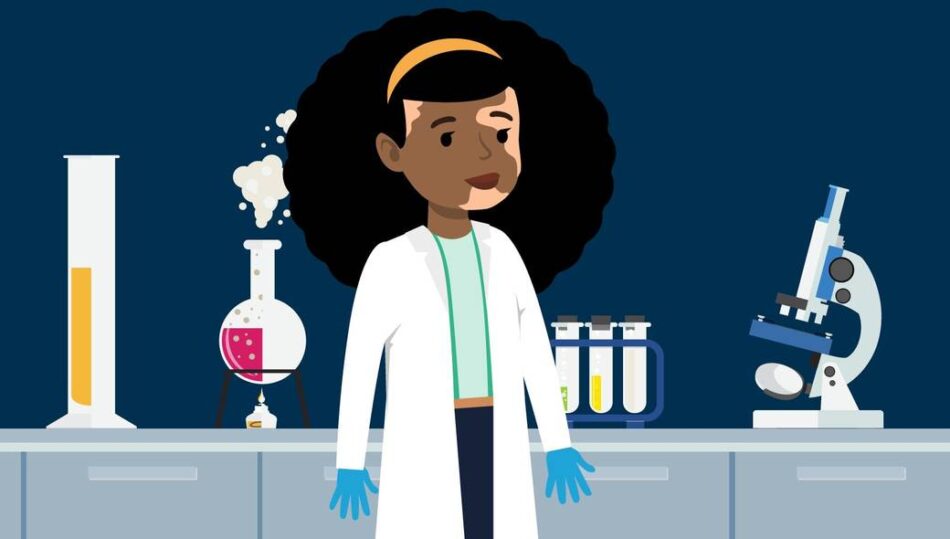
The benefits of incorporating narratives into STEM teaching go beyond increasing engagement with STEM content. High school is a formative time. Many students grapple with insecurity, especially in subjects they perceive as difficult or exclusive. Stereotypes are deeply ingrained[3] and can have a profound impact on shaping aspirations, but research[4] suggests that narrative-based instruction increases both engagement and retention. When students are exposed to scientists’ uniquely individual stories, they recognize that brilliance comes from all backgrounds and encompasses a range of skills. For example, Gregor Mendel – the ‘Father of Genetics’ – was a monk and plant breeder. Marie Maynard Daly, a biochemist who made lasting contributions to medicine, was the first Black woman to receive a PhD in chemistry. And Rosalind Franklin, who during her lifetime received very little recognition, contributed to one of the most significant discoveries of the 20th century: the structure of DNA. Even for students who don’t pursue STEM careers, learning about these important contributions from scientists from a range of backgrounds can enhance their sense of belonging and confidence and reinforce the value of scientific literacy for all.
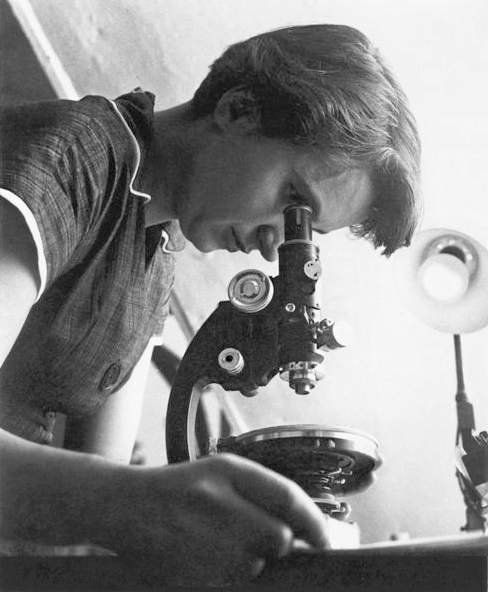
While learning facts and figures, students are also searching for relevance and belonging. Through biographical narratives like those in the LabXchange library, we can empower them to see their place in the world beyond high school. When you incorporate stories into your teaching, you’re illuminating the path for students to pursue and persist in STEM, confident that their unique experiences and backgrounds are valued. “Some subjects used to bore or intimidate me in school, but then I had teachers who came up with innovative ways to teach them. They used stories to explain history, experiments to make science come to life, and real-world examples to demonstrate the beauty of math,” said Zacharia John Zacharia, a LabXchange teacher ambassador from Tanzania.
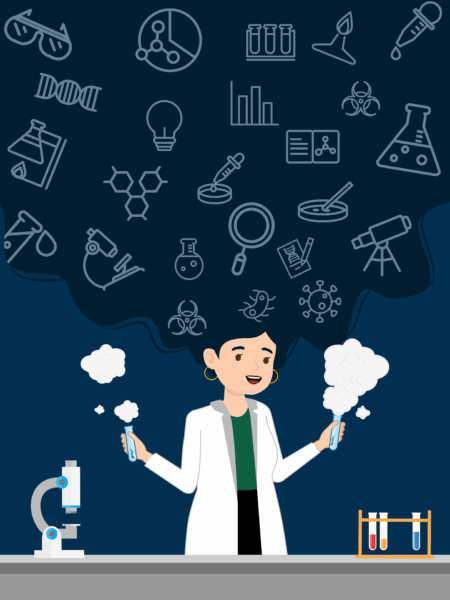
When students see STEM fields through the lens of biography, learning becomes more dynamic. Personal stories connect students to a lineage of thinkers and doers who were once novices themselves. Infusing classrooms with biographical narratives is more than just a pedagogical shift – it’s a way to cultivate curiosity and resilience, raise aspirations, and prepare students for a future in which their own stories could someday change the world.
LabXchange envisions a world where everyone has equal access to STEM education and career resources. An initiative of Harvard University’s Office of the Vice Provost for Advances in Learning, LabXchange provides free, high-quality science learning resources through its interactive online-learning platform. Launched in 2020, with support from the Amgen Foundation, LabXchange revolutionizes science education for educators and learners worldwide. Embracing a networked approach, LabXchange collaborates with over 200 educational organizations and content creators to offer a library of 33 000 resources covering biology, chemistry, physics, Earth and space science, and beyond, and brings together science educators from around the world in its Teacher Ambassador Program.
[1] An article on the myth of the lone genius in science: https://www.nobelprize.org/martin-chalfie-npii-canada/
[2] Zhao Mengya et. al (2023) Reciprocal Associations Between Science Efficacy, STEM Identity and Scientist Career Interest Among Adolescent Girls within the Context of Informal Science Learning. J Youth Adolesc. 3: 472-484. doi: 10.1007/s10964-023-01868-6.
[3] Article on the influence of gender stereotypes on girls’ interest in science: https://www.labxchange.org/library/items/lb:LabXchange:4fbec3a5:lx_teaching_guide:1
[4] The Scientist Spotlights Initiative: https://scientistspotlights.org/about-us/

Find out how women scientists contributed to knowledge of the chemical elements – and what this tells us about the nature of scientific work, then…

Basic research is often misunderstood by the public and misconstrued by the media. Try this role play to learn how research is funded and how basic…
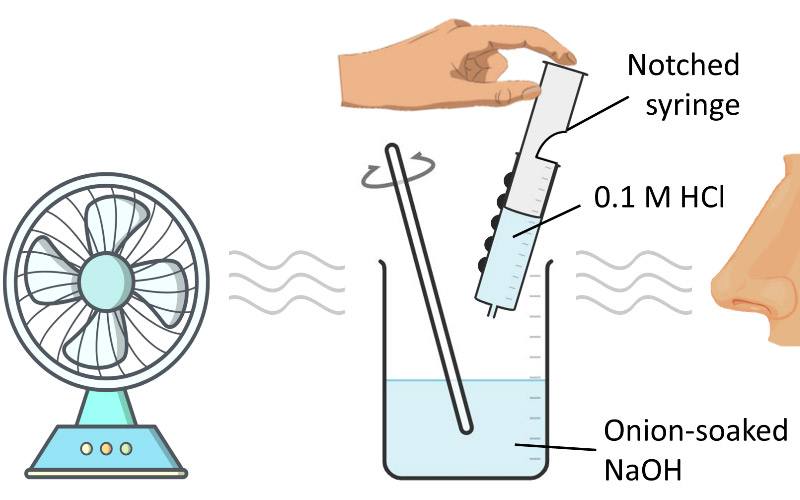
Discover simple adaptations to apparatus and experiments that make practical chemistry more accessible to students with vision impairment.